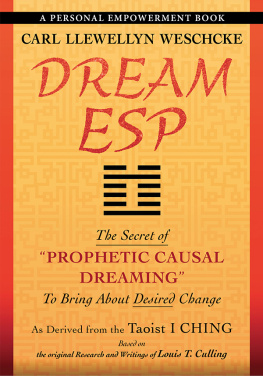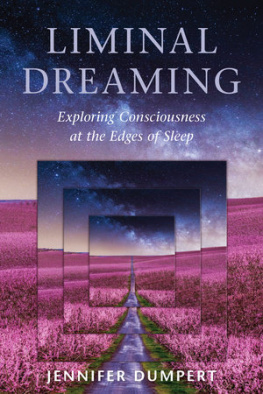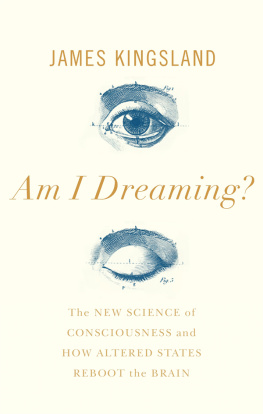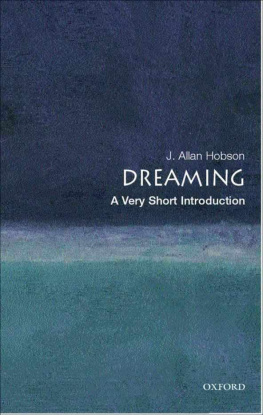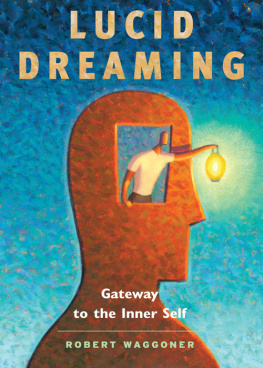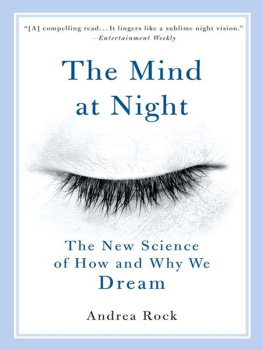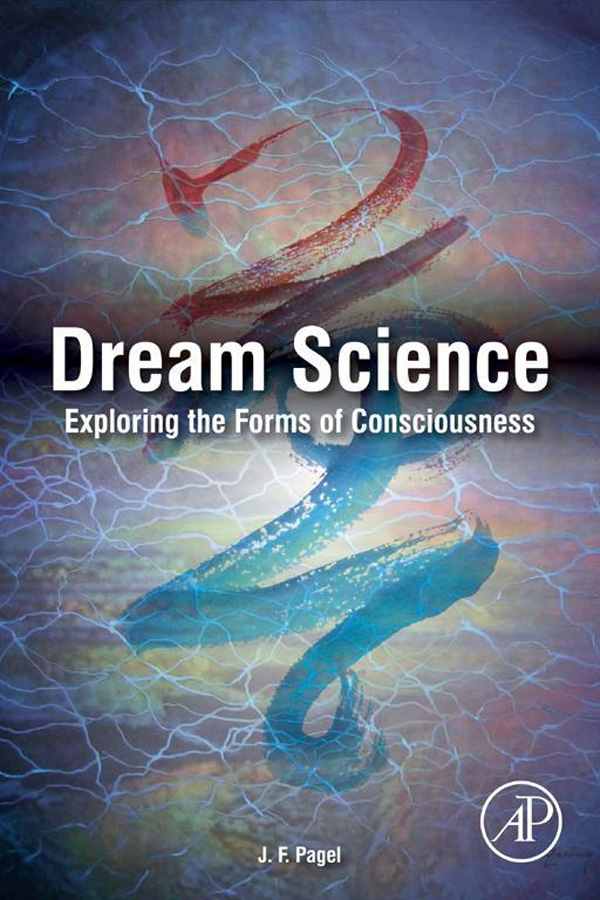J.F. Pagel
Copyright
Academic Press is an imprint of Elsevier
The Boulevard, Langford Lane, Kidlington, Oxford, OX5 1GB, UK
225 Wyman Street, Waltham, MA 02451, USA
First published 2014
Copyright 2014 Elsevier Inc. All rights reserved.
No part of this publication may be reproduced or transmitted in any form or by any means, electronic or mechanical, including photocopying, recording, or any information storage and retrieval system, without permission in writing from the publisher. Details on how to seek permission, further information about the Publishers permissions policies and our arrangement with organizations such as the Copyright Clearance Center and the Copyright Licensing Agency, can be found at our website: www.elsevier.com/permissions
This book and the individual contributions contained in it are protected under copyright by the Publisher (other than as may be noted herein).
Notices
Knowledge and best practice in this field are constantly changing. As new research and experience broaden our understanding, changes in research methods, professional practices, or medical treatment may become necessary.
Practitioners and researchers must always rely on their own experience and knowledge in evaluating and using any information, methods, compounds, or experiments described herein. In using such information or methods they should be mindful of their own safety and the safety of others, including parties for whom they have a professional responsibility.
To the fullest extent of the law, neither the Publisher nor the authors, contributors, or editors, assume any liability for any injury and/or damage to persons or property as a matter of products liability, negligence or otherwise, or from any use or operation of any methods, products, instructions, or ideas contained in the material herein.
British Library Cataloguing-in-Publication Data
A catalogue record for this book is available from the British Library
Library of Congress Cataloging-in-Publication Data
A catalog record for this book is available from the Library of Congress
ISBN: 978-0-12-404648-1
For information on all Academic Press publications visit our website at store.elsevier.com
Printed and bound in the United States
12 13 14 15 10 9 8 7 6 5 4 3 2 1

Dedication
Dedicated to Bert (States) & Ernie (Hartmann)
Sorely missed free spirits of dream science
Acknowledgments
More than 40 years ago, working as a young neurochemist, I found my way into the developing science of dreaming with the help of Vernon Pegram, then director of neuroscience at the University of Alabama. In the intervening years leading to this book there have been many who have helped in the journey, and I would like to personally acknowledge the help and support of Earnest Hartmann, Bill Domhoff, and my co-authors on dream-based projects: Barbara Vann (Chair, Department of Sociology, Loyola Baltimore) Carol Kwiatkowski (Epidemiology: CU Boulder) and Kathleen Broyles (Santa Fe College of Art and Design, Millagro at Los Luceros, Sundance). For this project, I had specific support from Joan Tewkesbury (Screenwriting Advisor, Sundance Labs) and Richard Moore (Chair, Humanities (retired), University of Alabama in Huntsville) in straightening the original path, Henry Cleary (Professor Emeritus Neurology, UCol.HSC) and Janet MacKenzie (Executive Director of the Mesa Prieta Petroglyph Project) in addressing anthropology, Reyes Garcia (Professor Emeritus Philosophy, Ft. Lewis College) and Susan OLeary in reviewing the included philosophy, meditation, and semiotics. This project would not have been possible without Kathleen Broyles intellectual and editorial efforts as well as her love and support. The cover image has Barbara Zarings beautiful work Stardust as its background. In the foreground is my own calligraphy, the Chinese glyph for dream, developed under the tutelage of the master calligrapher: Kazuaki Tanahashi.
About the Author
J.F. Pagel MS/MD is an Associate Clinical Professor at the University of Colorado School of Medicine and Director of Sleep Disorders Center of Southern Colorado. He has served as chair of the Education Committee for the American Academy of Sleep Medicine, on the Sleep Medicine Board Testing and Policy Committee for the American Board of Internal Medicine, and on the Board of the International Association for the Study of Dreams. His published work includes>150 articles, and co-authorship of the initial Sleep Medicine diagnostic code description for Nightmare Disorder. His books include: Primary Care Sleep Disorders A Practical Guide, Humana Press, (co-ed. 2007), The Limits of Dream A Scientific Exploration of the Mind/Brain Interface, Academic Press (2008), and Dreaming and Nightmares, Saunders (ed. 2010).
Preface: The REMS Equals Dreaming Debacle
Abstract
Dreams are at the basis of the major theories of mind, philosophy, and brain function. Freud inferred his concepts of psychic structure and dynamic based on the psychoanalytic interpretation of dreams. Early electrophysiologists, after awakening test subjects during rapid eye movement sleep (REMS), discovered that many reported dreaming. For many, this demonstrated that REMS was a biological substrate equivalent to dreaming: philosophical and psychoanalytic evidence that body and mind were one and the same. REMS equals dreaming was generally accepted and integrated into the structure of the major neuroscientific theories of consciousness. Yet, REMS occurs without dreaming, and dreaming occurs without REMS, and it is unclear whether any special relationship exists between the two. This empirical evidence has led to a phase of neuroconsciousness theory deconstruction. The closure of the REMS equals dreaming era has opened a wide horizon of opportunity for those who study dreaming.
Keywords
consciousness; dream; Freud, Sigmund; neuroconsciousness; rapid eye movement sleep; REMS equals dreaming
A dream is a story with something missing.
(Pagel; adapted from Hunt, 1991)
What we call a dream differs from person to person. Dreaming, from multiple perspectives, has led the way to the creation of science in its most basic form, the logical organization of consciousness. A dream is elusive and has no external markers. Yet science has taken much from dreams.
The cave paintings of southern Europe, the earliest markers for the onset of modern consciousness, strongly reflect an imprint of dreams. Dreams illuminated an understanding of interior and external reality that theretofore had evidently not been seen. Present at the Paleolithic onset of our species consciousness, dreams have persisted as a creative source for art, philosophy, and science. The pedigree of scientists and philosophers delving head-first into dream-based theory is astounding. They include the developer of the scientific method, the founders of psychoanalysis, and the discoverers of the DNA helix. Through dreams, a host of theorists purport to have discovered the basis of mind and consciousness. And yet, dreams remain poorly defined. Dreams are personal and private. To study an actual dream is to study its description. Dream sharing is a complex and unsettled area of social discourse, affected and altered by interaction, and easily manipulated by the observer and the methods of study. Yet, dreaming has an incredibly long track record of study. We have been interpreting dreams and their meanings for more than 4000 years.


